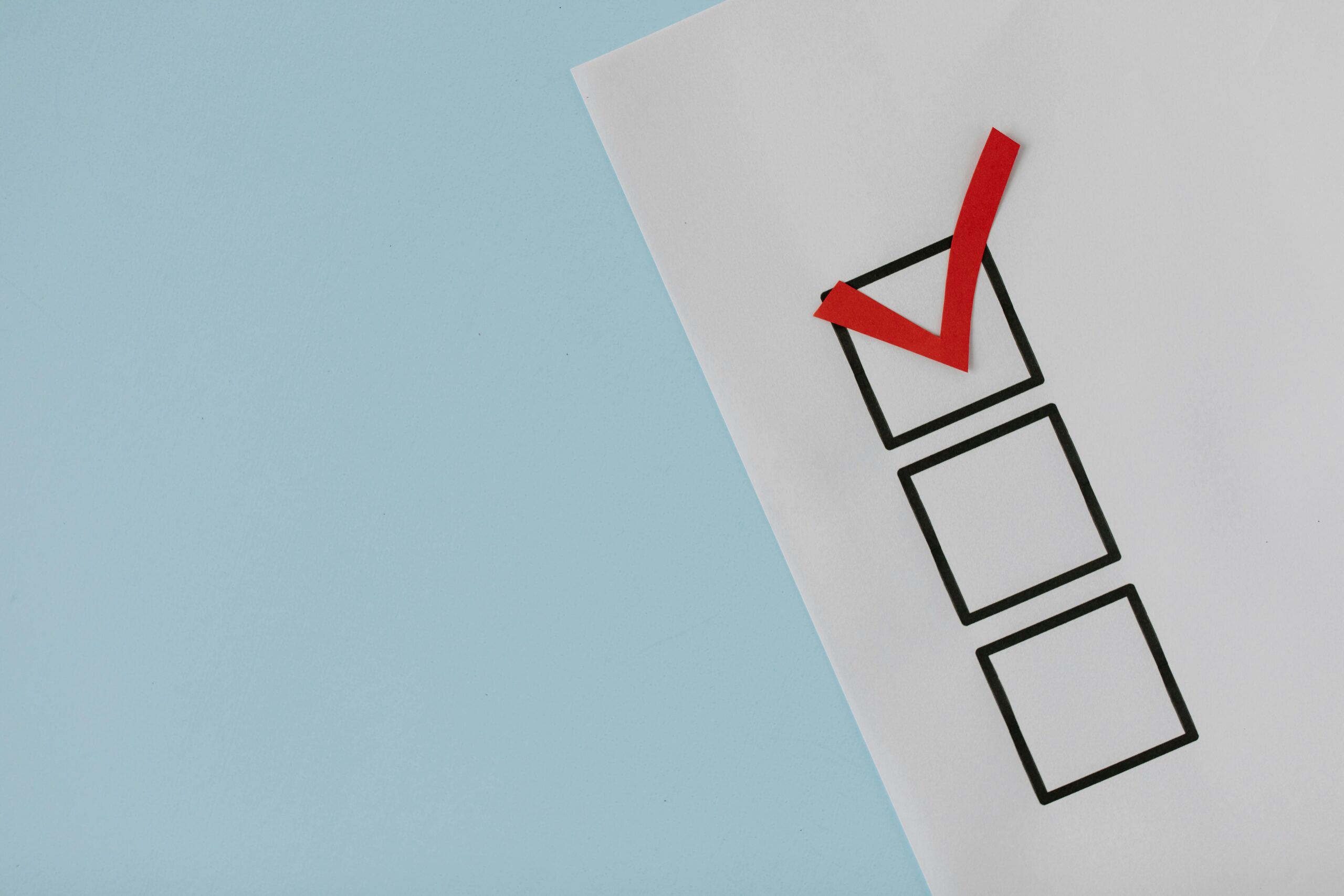When it comes to academic writing, one of the most critical aspects students must master is citation. Proper citation not only gives credit to the original sources but also builds credibility and helps students avoid plagiarism. Among the many citation styles available, APA (American Psychological Association) and MLA (Modern Language Association) stand out as the two most widely used formats in education.
Understanding the differences between APA and MLA citation styles is essential for students, especially those juggling multiple subjects. This guide will provide a step-by-step comparison of APA vs. MLA citation, explain their rules, and highlight how to apply them effectively in essays, research papers, and reports.
✅ Why Citations Matter in Academic Writing
Before diving into the differences, let’s clarify why citations are important:
-
Avoiding plagiarism: Acknowledges original ideas and sources.
-
Strengthening arguments: Shows that research is based on credible evidence.
-
Academic credibility: Demonstrates professionalism and ethical writing.
-
Reader navigation: Helps readers trace sources for further study.
Whether you’re writing a psychology essay, an English literature analysis, or a research report, following the right citation style makes your work academically valid.
📖 What is APA Style?
The APA citation style was developed by the American Psychological Association and is most commonly used in:
-
Psychology
-
Education
-
Social Sciences
-
Nursing and health sciences
Key Features of APA:
-
Author-date format → In-text citations include the author’s last name and the year of publication.
-
Example: (Smith, 2020)
-
-
Reference list → Full citations appear at the end of the paper, alphabetized by author.
-
Example:
Smith, J. (2020). Psychology in practice. Academic Press.
-
-
Title page and abstract → APA papers often include a cover page and a brief abstract summarizing the paper.
-
Formatting:
-
Times New Roman, 12 pt font
-
Double spacing
-
1-inch margins
-
Running head (shortened title) on top left, page numbers on top right
-
📚 What is MLA Style?
The MLA citation style was developed by the Modern Language Association and is commonly used in:
-
English and Literature
-
Humanities
-
Cultural Studies
-
Arts
Key Features of MLA:
-
Author-page format → In-text citations use the author’s last name and page number.
-
Example: (Smith 45)
-
-
Works Cited page → Sources are listed alphabetically at the end of the paper.
-
Example:
Smith, John. Literature in Practice. Academic Press, 2020.
-
-
No title page (unless required) → MLA papers usually begin directly with the student’s name, instructor’s name, course, and date on the first page.
-
Formatting:
-
Times New Roman, 12 pt font
-
Double spacing
-
1-inch margins
-
Student’s last name and page number in header (top right)
-
🔎 APA vs. MLA: A Side-by-Side Comparison
Here’s a quick comparison chart for clarity:
| Feature | APA (American Psychological Association) | MLA (Modern Language Association) |
|---|---|---|
| Disciplines | Psychology, Social Sciences, Education | Literature, Humanities, Arts |
| In-text citations | Author + Year → (Smith, 2020) | Author + Page → (Smith 45) |
| End references | Reference list | Works Cited page |
| Order in list | Alphabetical by author’s last name | Alphabetical by author’s last name |
| Publisher info | Publisher name only | Publisher name with city optional |
| Title page | Required (with abstract) | Usually not required |
| Header format | Running head + page number | Student last name + page number |
🖋 Examples of APA and MLA Citations
Example 1: Book Citation
-
APA:
Brown, T. (2019). Education for the future. Oxford University Press. -
MLA:
Brown, Thomas. Education for the Future. Oxford University Press, 2019.
Example 2: Journal Article
-
APA:
Smith, J., & Lee, A. (2021). Learning strategies for college students. Journal of Education Research, 45(2), 101–115. -
MLA:
Smith, John, and Alex Lee. “Learning Strategies for College Students.” Journal of Education Research, vol. 45, no. 2, 2021, pp. 101–115.
📑 When to Use APA vs. MLA
-
Use APA when writing about science-based subjects (psychology, sociology, nursing, etc.).
-
Use MLA when writing about humanities and literature (English, cultural studies, philosophy, etc.).
-
Always check your professor’s instructions—they may specify the required style.
🎯 Common Mistakes Students Make with APA & MLA
-
Mixing formats → Using APA in-text but MLA references.
-
Forgetting italics for book and journal titles.
-
Incorrect punctuation → APA uses commas in references, MLA uses periods more often.
-
Missing dates → APA always requires the year; MLA does not emphasize it as much.
-
Improper indentation → Both require a hanging indent for references/works cited.
📌 Tips for Students to Master APA & MLA
-
Use citation tools like Zotero, EndNote, or online generators (but double-check for errors).
-
Keep a style guide handy—the APA Publication Manual (7th edition) and MLA Handbook (9th edition).
-
Be consistent—never switch between formats in the same paper.
-
Proofread references—minor formatting mistakes can lower grades.
-
Practice—the more papers you write, the easier citation becomes.
🔮 Future of Citations in Education
With the rise of AI writing tools and online learning platforms, citation styles are evolving. Students may increasingly rely on digital databases and automated citation managers. Still, understanding APA vs. MLA basics is crucial because manual knowledge ensures accuracy and helps students critically evaluate sources.
📝 Conclusion
APA and MLA are the two most widely used citation styles in academic writing. While APA focuses on the author and date, making it suitable for scientific fields, MLA emphasizes the author and page number, making it ideal for literature and humanities.
By learning the differences, following formatting rules, and avoiding common mistakes, students can master citation styles, improve their academic credibility, and write stronger, plagiarism-free papers.
Whether you’re crafting a psychology research paper in APA style or analyzing a Shakespearean play in MLA style, this guide ensures you’re prepared to succeed.
post comments
Together We Rise: A Campaign for Everyone




